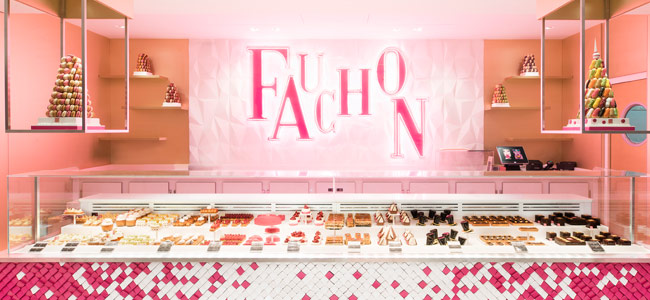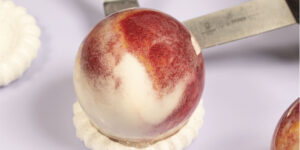It seems obvious, but the price of any product should always be related to its value. But who or what determines that value? To answer this question we must address two questions, one related to the seller and one related to the buyer. The first has to do with the cost of the ingredients used, the time spent, the effort made, the knowledge applied and other values that are more difficult to quantify but are also present, such as design, art, exclusivity, craftmanship, among other things.
The second variable in the equation appeals to the buyer and the value that they place on the product they are going to buy. We all have an idea, always subjective and often misguided, about the fair price of a product. And it is that idea that ultimately determines our purchase decision.
So how much is a cake worth? Well, almost always what the customer is willing to pay, although that price unfortunately does not match its real value.
At this point, the conclusion is clear. We must influence the perception that the customer has about that cake that we want to sell. And for this you have to convey everything behind it, that is, the quality of the raw materials and the effort that such a thorough creation represents. And something that the consumer does appreciate, craftsmanship.
A recent study conducted in France on the consumption of pastry produced a conclusive fact: 86% of consumers positively value the signature or identification of the creator of a cake, as a sign of authenticity, a sign of paternity (or maternity). A mark that identifies an artisan and exclusive creation, with a design that must be unique and with incomparable flavor. And that indeed does have value.




